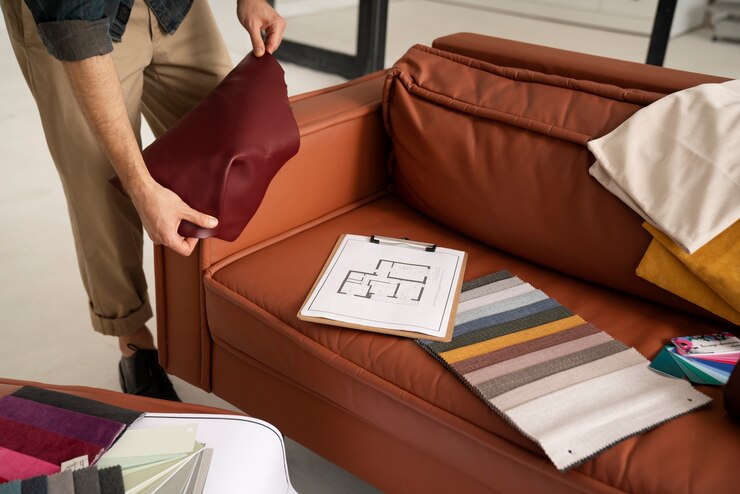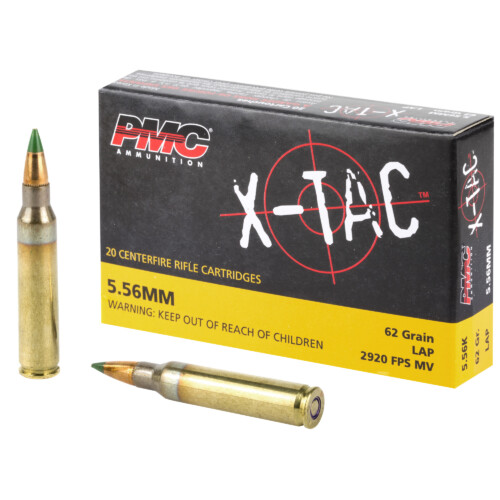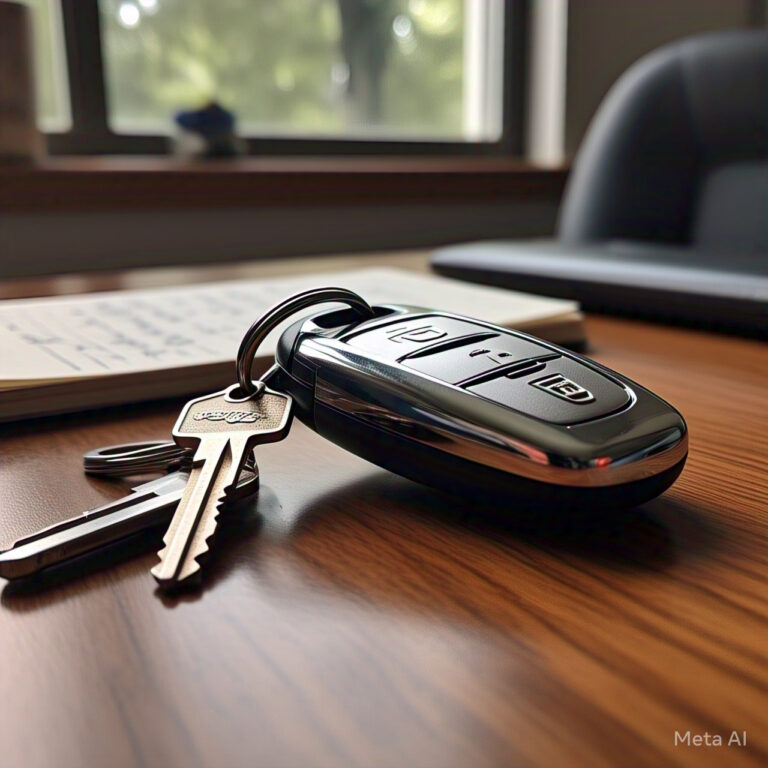Creating a cohesive and stylish interior design with designer furniture and thoughtful layout requires careful attention to various elements like ceiling lights, wardrobes, dining tables, sideboards, wallpaper, rugs, and DIY tips. Let’s dive into each component to help you bring your vision to life!
1. Designer Furniture Selection
- Define Your Style: Start by identifying the aesthetic you want, such as modern, minimalist, Scandinavian, mid-century, or eclectic. Choose designer pieces that reflect this theme.
- Key Pieces: Invest in anchor pieces like sofas, dining tables, and beds, which serve as focal points in each room. Then, add complementary items (chairs, coffee tables, sideboards) to balance the space.
- Functionality: Each piece should be practical. Choose furniture that fits your lifestyle, whether modular, multifunctional, or compact for smaller spaces.
2. Lighting Design
- Layered Lighting: Use three layers—ambient (general lighting), task (specific use lighting), and accent (highlighting features). This combination creates a warm, functional environment.
- Statement Fixtures: Chandeliers or pendant lights over dining tables or in entryways add a touch of elegance.
- Dimmer Switches: Install dimmers to control the intensity and create different moods throughout the day.
3. Wardrobes and Storage Solutions
- Types of Wardrobes:
- Walk-in: Spacious and luxurious, perfect for larger bedrooms.
- Built-in: Customizable to fit any room shape and make the most of limited space.
- Freestanding: Offers flexibility, especially for rentals or frequent redecorators.
- Organizational Features: Include shelves, drawers, pull-out trays, and hanging rods to keep items organised.
- Mirrored Doors: Mirrored Sliding Wardrobe Doors can make a space feel larger while also serving a practical purpose.
4. Dining Tables and Seating Arrangements
- Material Choices:
- Wood: Classic and durable, great for rustic or traditional styles.
- Glass: Sleek and modern, ideal for small spaces as it creates an illusion of openness.
- Marble: Adds elegance and is highly durable but requires more maintenance.
- Shape and Size:
- Round: Works well in smaller spaces or for intimate gatherings.
- Rectangular: Suitable for larger rooms and bigger groups.
- Extendable: Versatile choice for those who entertain often.
- Seating Variety: Mix chairs and benches for a contemporary look or choose upholstered chairs for comfort.
5. Sideboards and Buffets
- Placement: Typically placed in dining rooms or living rooms to store tableware or display decorative items.
- Style Choices:
- Minimalist: Streamlined and sleek, ideal for modern spaces.
- Vintage: Adds charm to eclectic or traditional spaces.
- Contemporary: Bold designs with mixed materials (metal, glass, wood) for a statement.
- Display Tip: Decorate with vases, art, and table lamps to enhance the look.
6. Wallpaper and Wall Decor
- Types of Wallpaper:
- Textured: Adds depth and character, especially in minimalist rooms.
- Printed: Bold prints can create an accent wall for added interest.
- Peel-and-Stick: Ideal for rentals or those who want a temporary style change.
- Accent Walls: Use wallpaper on a single wall to make a statement without overwhelming the space.
- Mix and Match: Combine wallpaper with paint for a balanced look; for example, wallpaper on the upper half and wainscoting on the lower half.
7. Rugs and Carpeting
- Choosing the Right Size: Ensure the rug is large enough to fit all furniture on it or at least the front legs of sofas and chairs.
- Materials:
- Wool: Durable and comfortable, good for high-traffic areas.
- Jute or Sisal: Natural look, best suited for casual spaces.
- Silk or Synthetic Blends: Adds a luxurious feel but requires more maintenance.
- Layering Rugs: Add visual interest by layering a smaller rug over a larger one; this works well to add texture or colour.
8. DIY Design Tips
- Upcycle Furniture: Repurpose old furniture with paint, new hardware, or fabric for a fresh look.
- Wallpaper Accents: Use wallpaper in unexpected places like the backs of bookshelves or inside wardrobes.
- Create a Gallery Wall: Mix photos, artwork, and mirrors for an eclectic look on an empty wall.
- Open Shelving: Install open shelves for functional storage that doubles as decor, especially in kitchens or bathrooms.
9. Material Selection for Durability and Aesthetics
- Wood: Adds warmth and is versatile, fitting both modern and rustic styles.
- Metal: Sleek and durable, great for industrial or contemporary designs.
- Glass: Lightens up spaces and creates an open feel, ideal for smaller rooms.
- Fabric Upholstery: Choose performance fabrics in high-traffic areas to withstand wear and tear.
10. Layout and Flow
- Measure and Plan: Use an online room planner or graph paper to arrange furniture before moving it. Aim for clear walkways.
- Furniture Grouping: Place sofas and chairs to encourage conversation. For example, arrange seating around a coffee table.
- Define Zones: In open-concept spaces, use rugs or furniture placement to define different areas (e.g., living, dining, or work areas).
- Symmetry vs. Asymmetry: Symmetry offers balance and formality, while asymmetry feels dynamic and casual—choose based on your room’s style.
By focusing on each component, you can achieve a well-designed and inviting space tailored to your taste and lifestyle. Whether you’re sourcing high-end designer furniture or incorporating DIY elements, a thoughtful approach to furniture selection, materials, and layout will transform your home.





